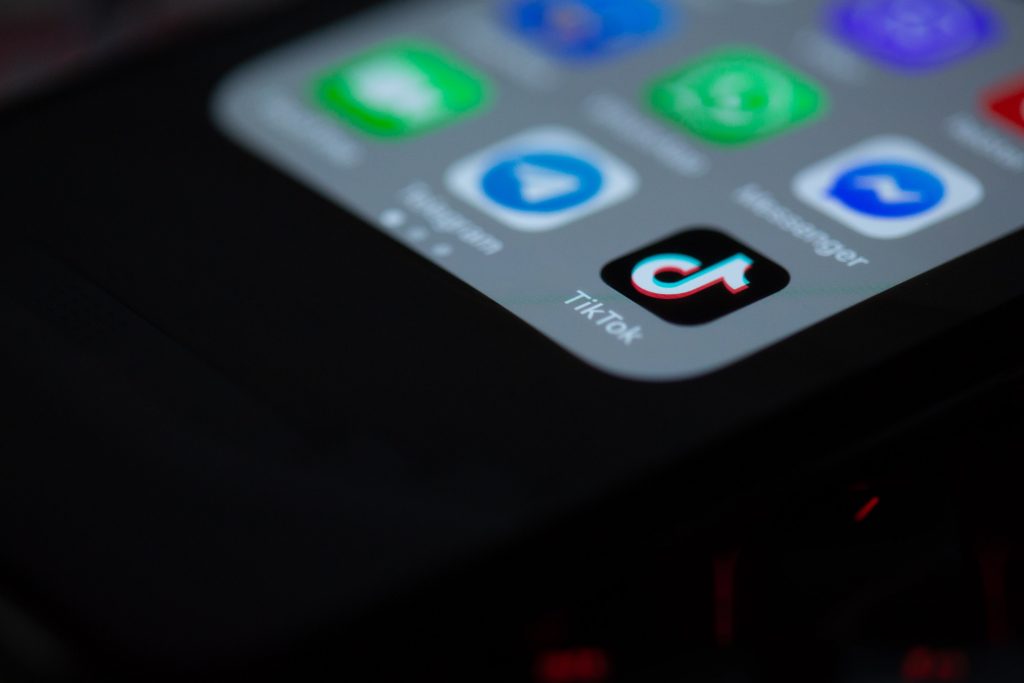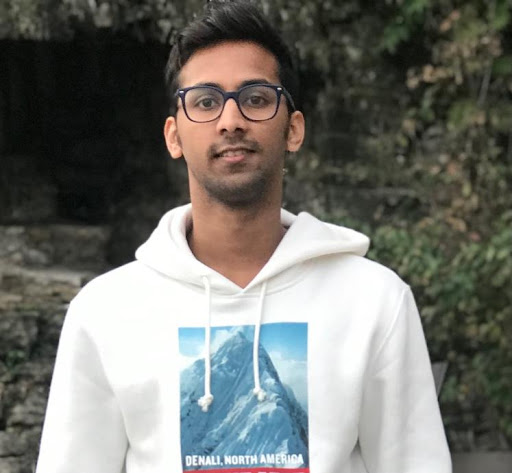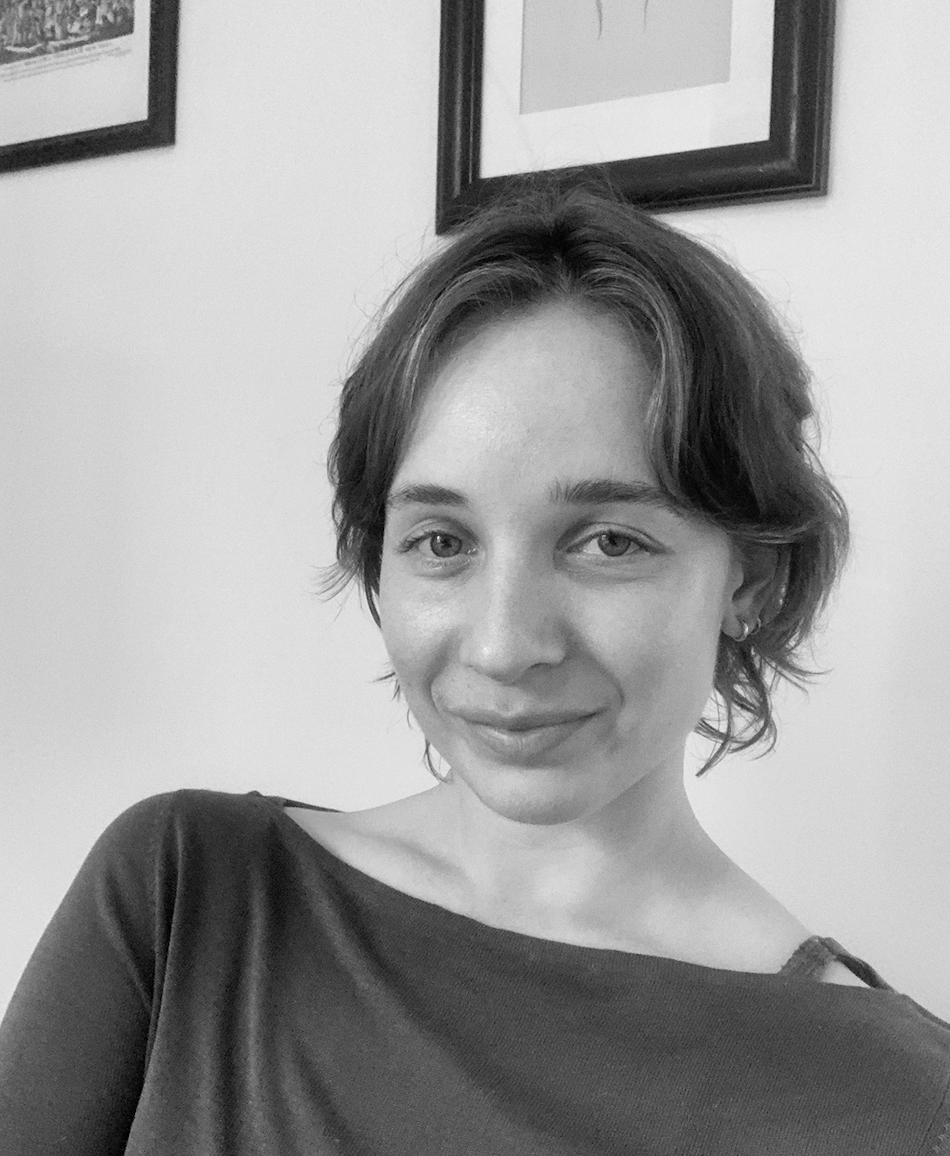Category: All articles
According to a Meltwater study, 64% of B2C organizations say they already use influencer marketing or plan to do so. This number is expected to grow to about 90% by 2026.
Influencer marketing campaigns are proven to grab audience attention and convert leads into sales. A survey by Inmar Intelligence found that a whopping 84% of customers have made a purchase based on an influencer’s recommendation.
With this in mind, let’s explore how you can put together an influencer marketing campaign in 6 simple steps.
Step 1: Define your goals
As with any marketing strategy, setting well-defined and measurable goals for your influencer marketing campaign is important.
Marketing goals give the marketing team a direction. These targets also allow the team to tweak the strategy along the way while keeping a sharp focus on sales, performance, and engagement rates.
Your goals can include anything from increasing brand awareness to improving engagement to extending audience reach. These will depend on your brand and what you aim to achieve from your marketing campaign.
Step 2: Define your audience
You can’t design a successful marketing campaign without defining your target audience.
Identifying your audience will allow you to spend your time and effort marketing your products and services only to prospects who are the most likely to buy from you.
For instance, if you’re drawing a marketing campaign for a beauty brand, your primary target audience will be women who are interested in makeup and skincare.
Step 3: Look for influencers
Once you’ve defined your influencer marketing goals and identified your target audience, it’s time to look for influencers.
At this stage, you need to look for influencers who are in your niche and have experience in creating content for brands similar to yours. These influencers will have more credibility, and they’ll be able to endorse your brand and products more engagingly.
For instance, if you’re marketing fitness products, you need to look for influencers who have a history of working with fitness brands. An influencer with fewer followers who has expertise in fitness is likely to give you more results than an influencer with more followers but without any expertise in that area.
Step 4: Reach out and follow up with influencers
After shortlisting which influencers you want to work with, reach out and follow up with them.
With the holiday season approaching, many brands will simultaneously try to reach out to influencers to market their products and services. If you want to work with popular influencers, it’s best to get onto this step quickly.
Pro tip: Reach out to two to three influencers on every social media platform to improve your chances of retaining them.
Step 5: Sign a contract
The next step is to finalize an agreement with the influencer you’re going to work with.
You’ll have to draw up separate contracts for each influencer you work with.
Remember that the contract is where you’ll mention your expectations from the marketing campaign as well as compensation details and payment terms. So keep it as comprehensive as you can.
Step 6: Execute the campaign
After signing the agreement with the influencer, it’s time to onboard them into your marketing campaign. Send them briefs, affiliate links, and anything else that you want them to include in their posts.
Once they launch the campaign, review the engagement with their posts. This includes views, impressions, likes, comments, and shares.
Start your influencer marketing campaign with Outfit
If you haven’t put together an influencer marketing campaign before, it might seem a little overwhelming but thankfully instead of having to do all of the work yourself, you can use the Outfit platform. We make finding the right influencer easy with our Discovery tool, you can do all of the influencer management and communication in-app, we take care of rates, invoicing and payments, and we even do all of the reporting at the end of your campaign.
Sign up with Outfit for free today to get your campaign started!
Instagram has been making a lot of changes to the way that users interact with videos inside the app. The amount of changes and testing happening has left many of us reeling as we try to keep up. Hopefully we can help give some clarity to what exactly is and is not happening and also help you make some decisions around how you should be reacting as brands and creators who rely heavily on this platform.
Instagram’s updates to video
Towards the end of July the Head of Instagram, Adam Mosseri, revealed that Instagram will now only have one video format. All videos going forward will be Reels even if you are uploading them as normal posts. The platform has been making a lot of changes in this area in order to keep up with TikTok and minimize the amount of users moving over.
That isn’t the only way Instagram is emulating TikTok.
Many of us may have already noticed that the algorithm favoring video content overall and some users have even seen a new vertical version of their grids. After releasing these updates and getting some unhappy feedback from many users, Instagram reassured us that despite these changes to favor video they still want to do right by photos and as for that vertical grid, that was simply a test.
A petition called Make Instagram Instagram Again was started and was shared by celebrities like Kylie Jenner and Kim Kardashia, prompting the explanation from Head of Instagram, Adam Mosseri.
While users are resisting the change there is no doubt that short form video is a far more engaging form of content than still images. Based on the Sprout Social Index™ 2022, 66% of consumers found short-form video to be the most engaging type of in-feed social content.
Instagram themselves also noted that the content people share and engage with overall is naturally moving more towards video over time so they will have to cater to that.

What this means for brands and creators
To reiterate the sentiment from Instagram, this overall shift to video is just the beginning so brands and creators need to start making this shift too. For brands this means incorporating more video into your social media content strategies. If videos are making up less than about 50% of your posts then you may need to think about how you can start producing and sharing more of this kind of content.
Working with creators and influencers is a great way to get high quality, engaging video content to share on your own social media channels, and fast.
This means creators need to be focusing more on this area too.
Brands will be on the lookout for influencers and creators who can provide them with great video content for Reels and TikTok. So, if you want to be first in line for these partnerships you need to start showing off your skills in this area.
Both brands and creators will need to keep in mind that all video content should be optimized for the vertical Reel format. While you can still technically post square or horizontal/landscape videos this is not recommended. In a test run by Buffer they saw a 187% increase in views* for vertical video videos over square.
Our influencer platform streamlines the entire campaign process from start to finish for brands and creators. Brands can save time on influencer search and outreach, briefing, communication, and reporting. Influencers can get discovered by new brands, get briefed, submit content all inside the platform, we even take care of invoicing and you receive automatic payments instantly.
Sign up as a brand here.
Sign up as an influencer here.
*50% total watch time views.
Julian is a Cuban-American lawyer and content creator raised in Miami, FL.
Tell us a bit about yourself and how you got started as a creator:
I was in law school when Instagram first came out and just started posting day-to-day pictures and it just took off. I liked sharing my workouts, my favorite spots in South Florida, and my life with my now-husband and dogs.
What do you love about using the Outfit platform?
The ability to create content that speaks to me and my following.
What inspires you in your work?
The positive messages I receive from my following, letting me know how I have either impacted or changed their lives for the better.
What do you envision for the future of influencers and creators?
I believe that its only going to increase and the amount of creators will continue to grow, there are so many creative people in the world that all have different talents, backgrounds, and ideas that speak to every person.
Follow Julian on Instagram or add him to your next marketing campaign with Outfit.

)
